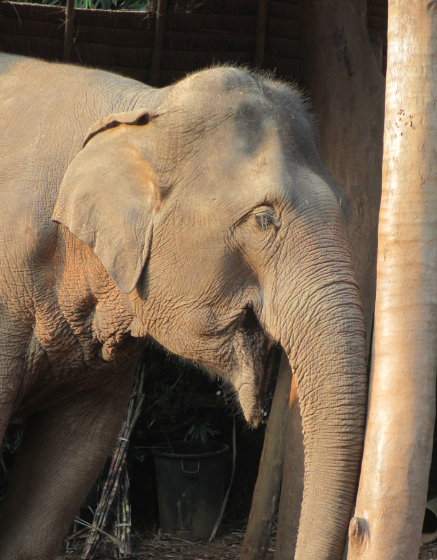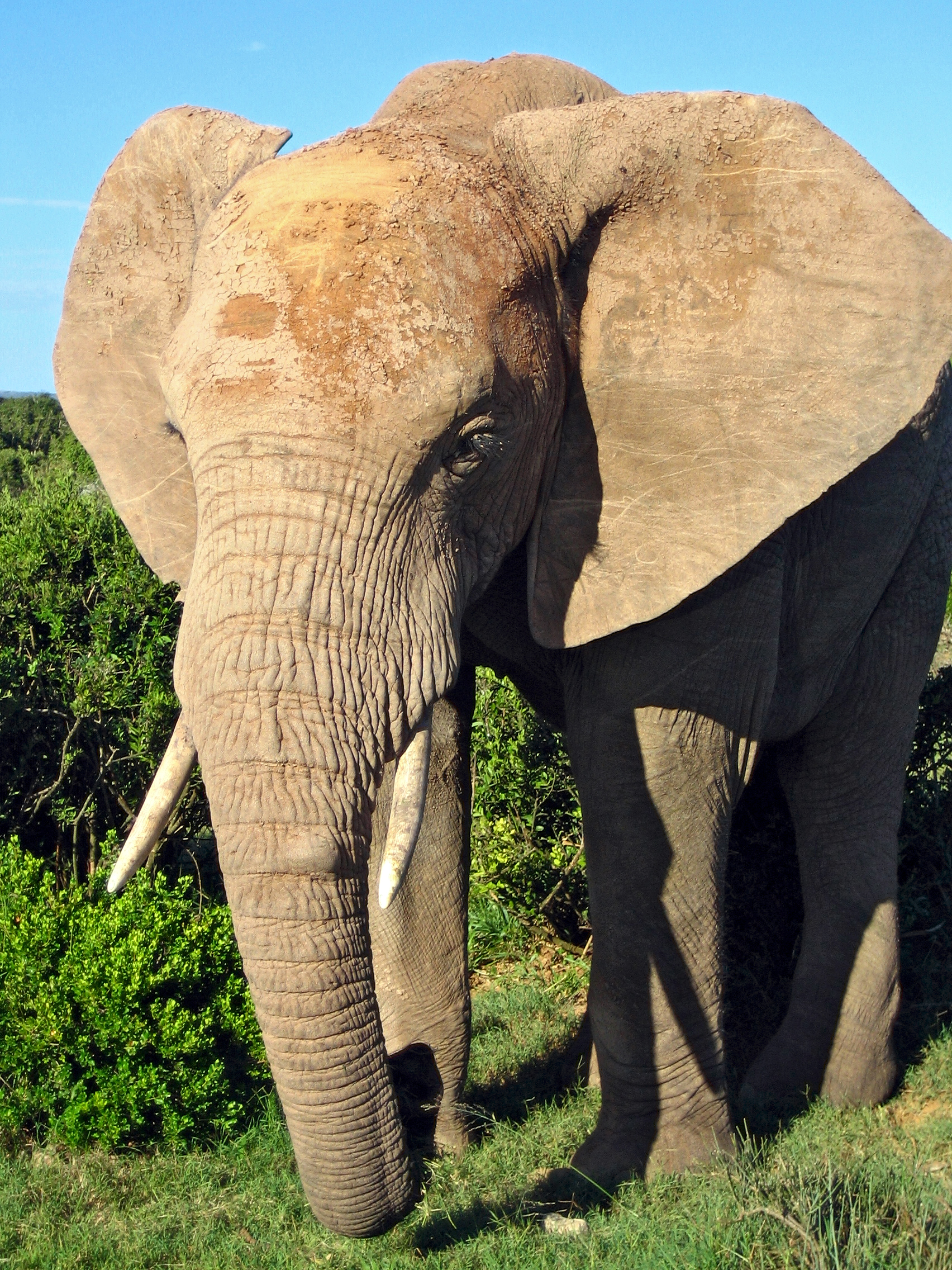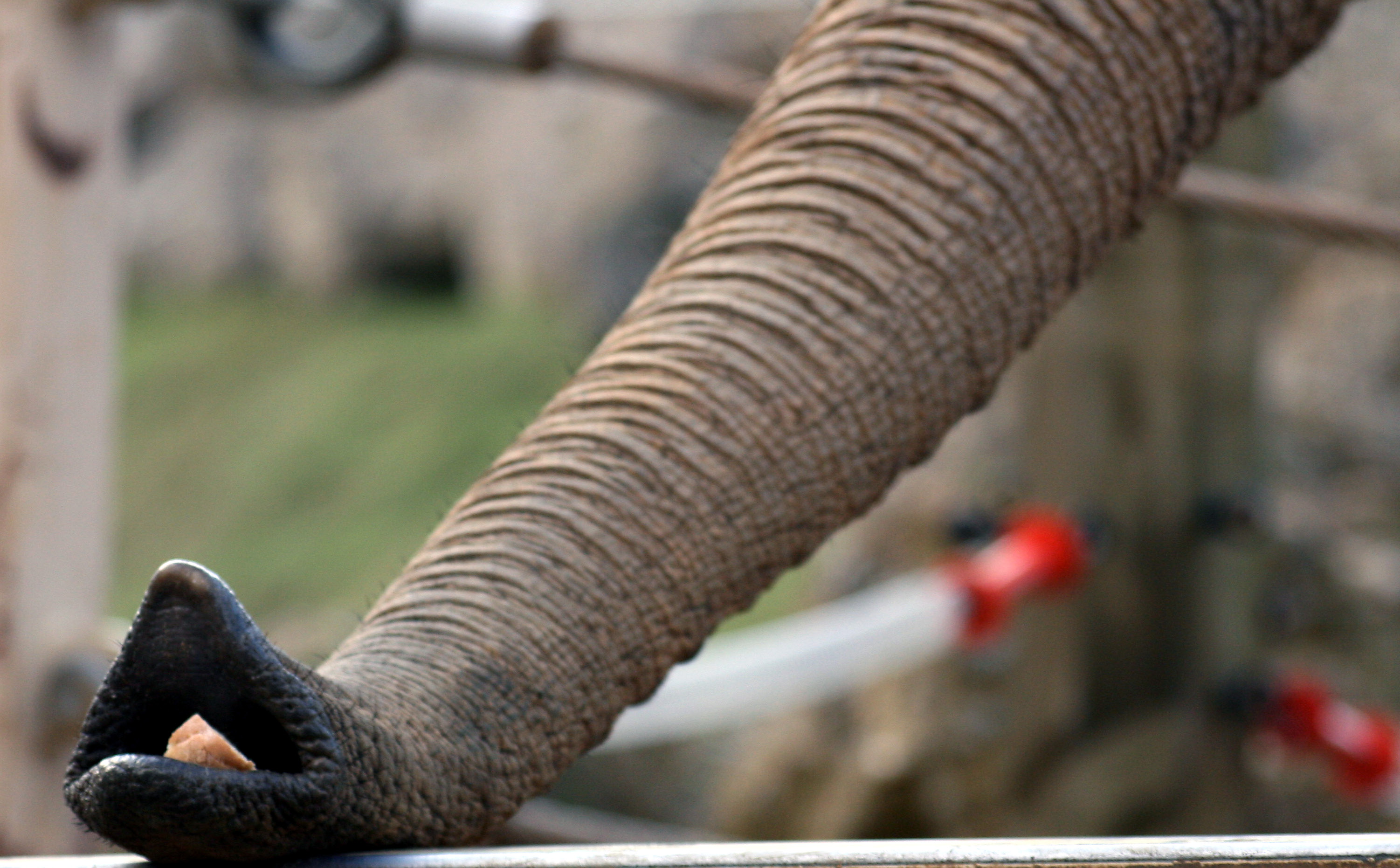By: Elise Gilchrist
The media
has an almost constant influence on our lives. Each day we are berated by
countless ads, news headlines, and social media updates. Even living in a
somewhat remote part of Thailand, I encounter more media that I can consciously
handle. With the media playing an ever-increasing
role in our decision-making, what sort of effect does it have on the
conservation of wildlife and our perspectives on endangered species?
A study by Ross,
Vreeman, and Lonsdorf (2011) investigated whether misrepresentations of
chimpanzees in the media could result in detrimental attitudes about their
conservation status. To test this hypothesis the authors conducted a survey of
people’s responses to photographs of a chimpanzee in different conditions. The
chimpanzee was featured on different backgrounds, including an artificial
office setting as well as a more natural habitat. The chimps were also shown
either wearing human clothing (eg. a t-shirt) or not, and standing next to a
human or alone. The results were striking: the researchers found that the public was less likely to think chimpanzees
are as endangered as other great apes when the chimpanzee was standing next to
a human. This study was the first empirical investigation into how
inaccurate media representations of endangered species may affect public
perceptions. Researchers proposed that this effect might be caused by viewing
images of animals next to humans. In other words, seeing a chimp next to a
human might lead the viewer to believe that such direct associations are both
common and safe, which is inconsistent with how the viewer thinks an
interaction with a rare species would be.
Sample images provided to survey respondents.
(Ross, SR, VM Vreeman and EV Lonsdorf (2011). Specific Image Characteristics Influence Attitudes about Chimpanzee Conservation and Use as Pets. PLoS ONE, 6(7)
The study
has implications across many media outlets. From animals portrayed in
advertisements to images of scientists photographed with their study species,
including famous conservationists like Jane Goodall, all of these images may be
impacting the attitude of the general public toward conservation. A recent wildlife
related Instagram scandal, involving famous musical artist Rihanna, got quite a
bit of attention. Last September, Rihanna visited Thailand and posted a photo
to Instagram of her holding an endangered primate called a slow loris. At
numerous tourist destinations in Thailand, visitors can pay to take photos with
endangered species like the slow loris, gibbons, and Asian elephants. Even
though this photo led to the arrest of two men who were illegally selling
endangered primates in the area, in the long-term this photo may do more harm
than good. When fans see an influential pop star cuddling an endangered species
it is reasonable to believe that it will have the same effect as portraying a
chimpanzee alongside a human. A photo like Rihanna’s could easily convince someone
that the slow loris cannot possibly be endangered.
Rihanna's Instagram photo of her holding a slow loris.
From these
stories, the media appears to be very bad for endangered species and threatened
environments, but this may not be true in every case. In fact, I grew up
watching Discovery channel and Animal Planet, which acted as portals to
transport me into worlds beyond my backyard. I might never have considered
moving to Thailand to try and protect Asian elephants had I not grown up
watching nature documentaries that brought elephants into my living room. There
are many people in this world that may never have opportunities to see
endangered species in the wild, but they may have the means to watch scenes of
pristine environments from the comforts of their own homes.
The social
influence of the media has never been greater due to how accessible technology makes
it today. There are huge errors that can be made in the portrayal of endangered
species on these outlets, but there is also great opportunity for garnering
support for conservation. With strategic use of media, conservation groups can
access support from people half way around the world from their project sites.
As technology makes the world smaller and more accessible, it is important to
be cognizant of the influence a single photo can make on the planet’s wildlife.
Ross, SR, VM Vreeman and EV Lonsdorf (2011). Specific Image Characteristics Influence Attitudes about Chimpanzee Conservation and Use as Pets. PLoS ONE, 6(7)














